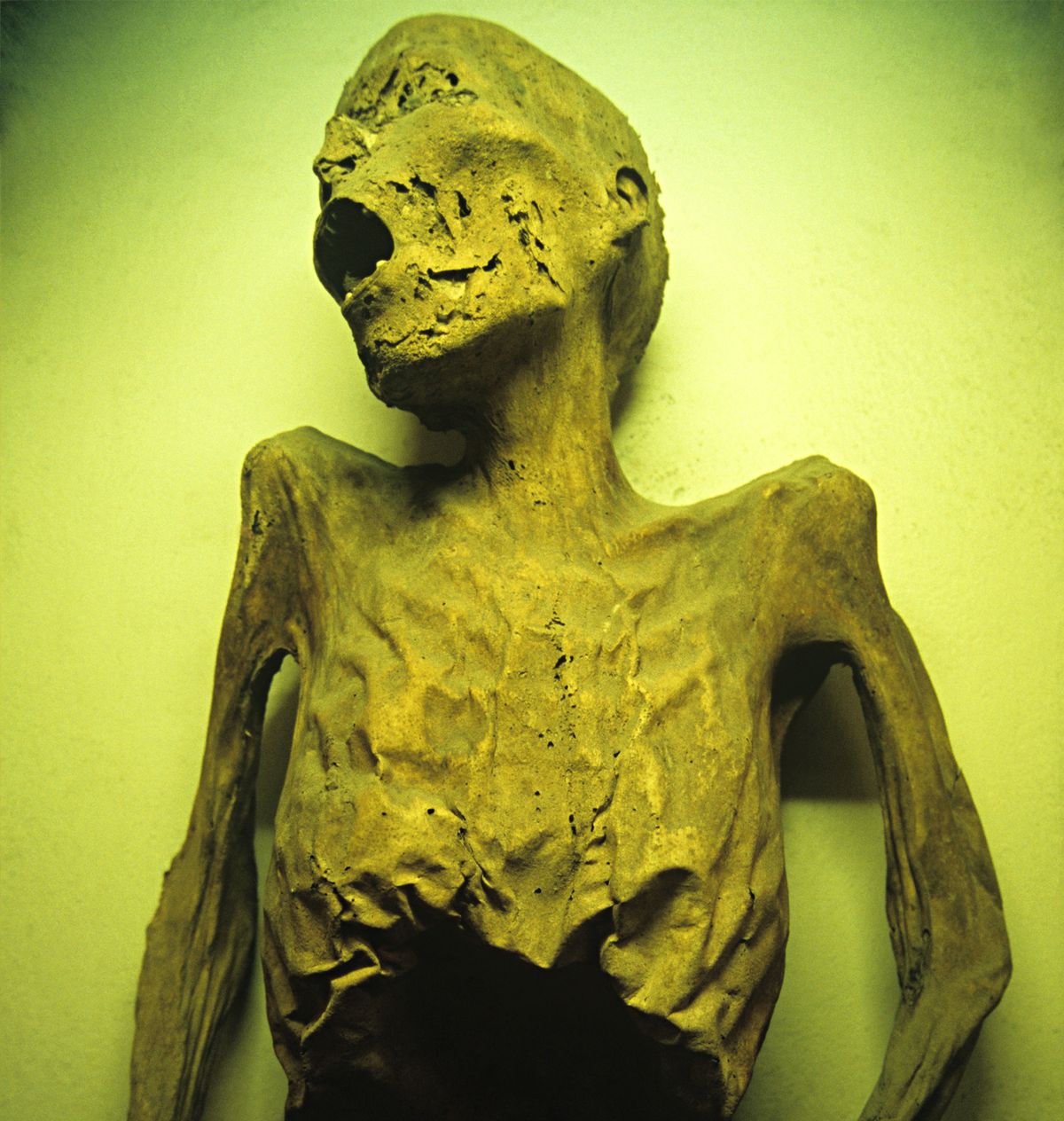Ulalume
tart of darkness
- Joined
- Jan 3, 2009
- Messages
- 3,340
- Location
- Not Texas
http://www.thedailybeast.com/articles/2017/01/15/the-real-origins-of-tomb-raider-curses.html
More on the "City Of the Monkey God" disease outbreak here
http://www.independent.co.uk/news/w...-ruins-ancient-lost-city-monkey-a7523356.html
Exploration of the city mentioned on this thread:
http://forum.forteantimes.com/index.php?threads/the-search-for-ciudad-blanca.25854/
Archaeologists exploring the "City of the Monkey God" recently contracted a flesh-eating disease, which is quite similar to a number of horrifying tales of woe to befall archaeologists.
International treasure hunters face a number of practical challenges: unfriendly locals, hostile international trade agreements that frown on grave robbing, inclement weather, dangerous travel conditions in unfamiliar terrain, and, of course, the vengeful curses of ancient deities. I jest, but a pervasive theme in popular stories of archeological discovery and exploration is the idea of tomb raider curses: curses that afflict those who dare disturb the peace of the ancient dead. But what lies behind stories of ‘the Mummy’s Revenge’?
More on the "City Of the Monkey God" disease outbreak here
http://www.independent.co.uk/news/w...-ruins-ancient-lost-city-monkey-a7523356.html
Exploration of the city mentioned on this thread:
http://forum.forteantimes.com/index.php?threads/the-search-for-ciudad-blanca.25854/


